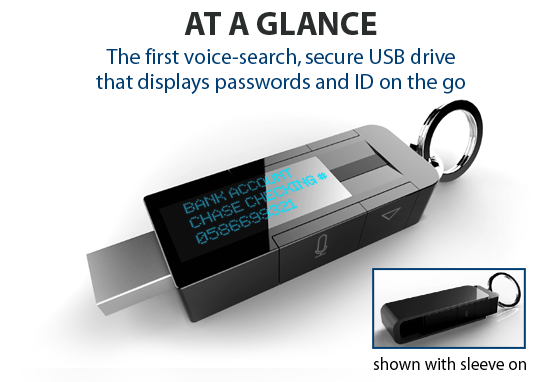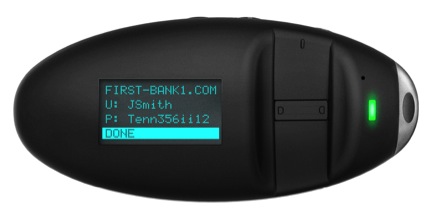In February 2013, a company called Arkami launched a Kickstarter campaign for a gadget called myIDkey, a USB drive with a built-in display and fingerprint reader that would auto-fill passwords and login information when attached to a computer. The project was funded by March 22 with nearly half a million dollars from its backers—almost triple the original goal. MyIDkey's prototype had won awards at the 2013 Consumer Electronics Show, it received coverage from almost every major tech news outlet, and it pulled in another $3 million in startup capital during later investment rounds.
Like all Kickstarter projects posted after Kickstarter changed its rules to make creators more accountable, Arkami had a functional myIDkey prototype before launching its campaign. The only real risk appeared to involve acquiring the right parts in enough time to ship the myIDkeys on deadline. According to Arkami's Kickstarter pitch:
The "Designs" are complete, patents filed, component suppliers selected, the manufacturing process is defined, the CM [contract manufacturer] chosen so all we need is your support in this project as we size the first myIDkey production run and ship product in September 2013. Please make a pledge and receive your myIDkey!
Delivery of the final gadget was promised by September 2013. Yet over the next 18 months, Arkami and its product became a case study for mismanagement. Only a small number of myIDkeys have actually shipped, and numerous backers who received one complained about failing buttons and freezing displays. In the end, all $3.5 million was spent without much to show for it.
Feature creep
Almost as soon as funding ended, the product began to change. Arkami promoted executive chairman Benjamin Chen to CEO so that he could be more hands on with the project and watch "details day-to-day." Chen and his team began revising their prototype, eventually falling down a rabbit hole of revisions.
MyIDkey's delays seemed to stem from the team realizing that the product, as prototyped, was woefully insufficient. "In building a breakthrough device, we’ve faced engineering challenges," stated project update #12 on July 4, 2013. At that time, the team decided to switch from an A3 to an A5 ARM processor, as well as a new operating system, memory, hardware encryption, a different Bluetooth chip, and a larger redesigned case.



 Loading comments...
Loading comments...
